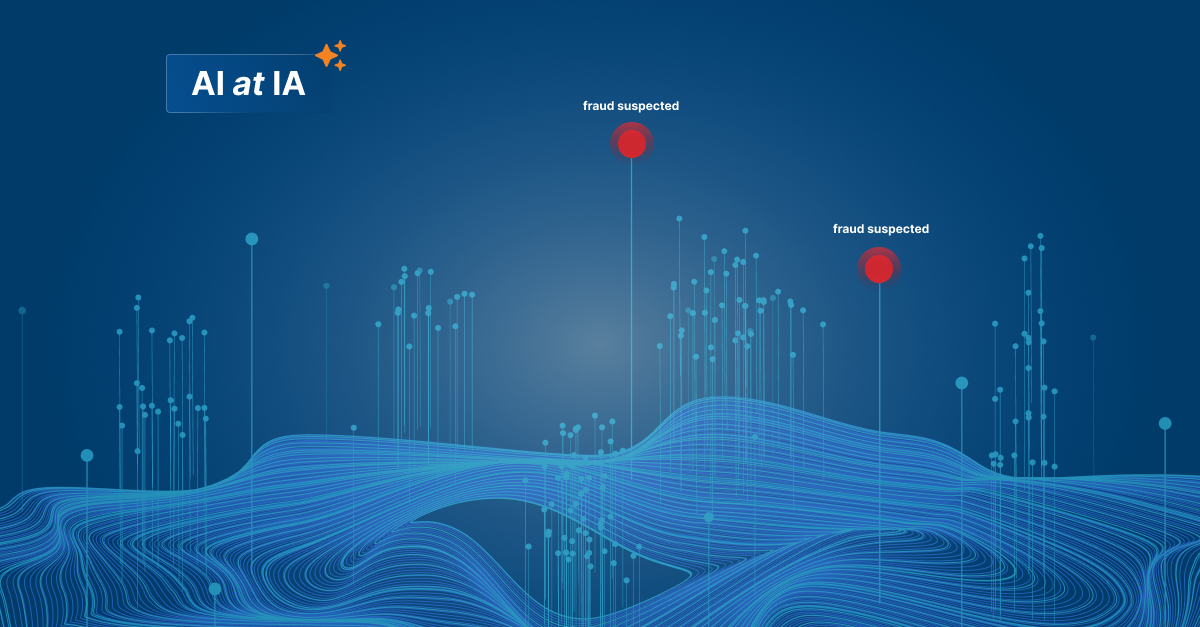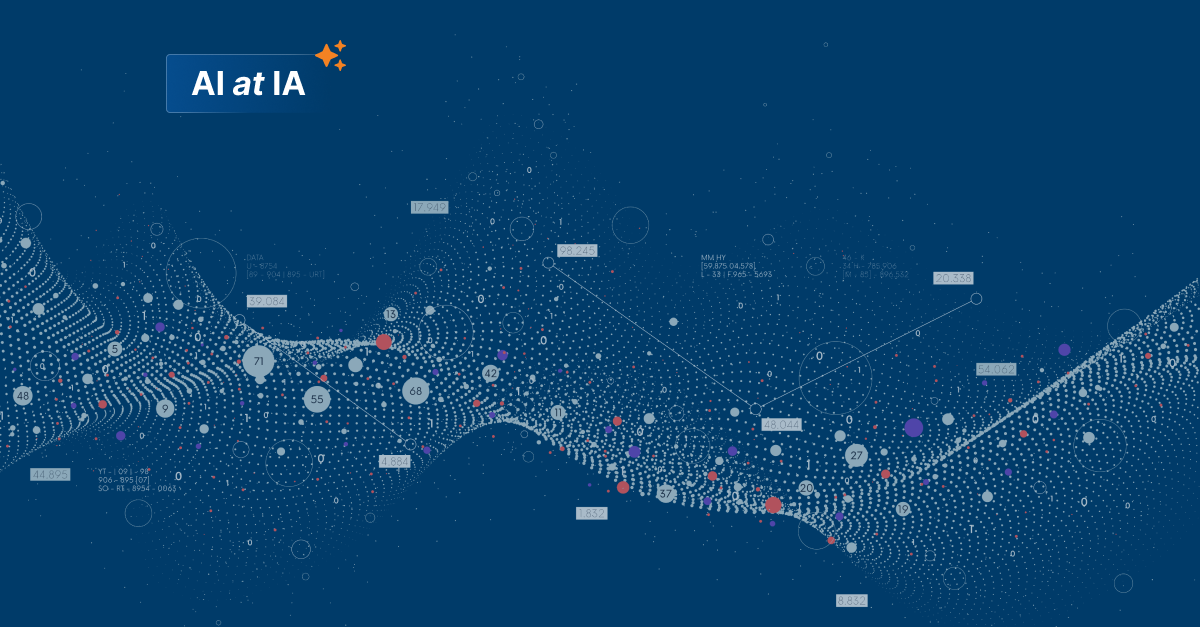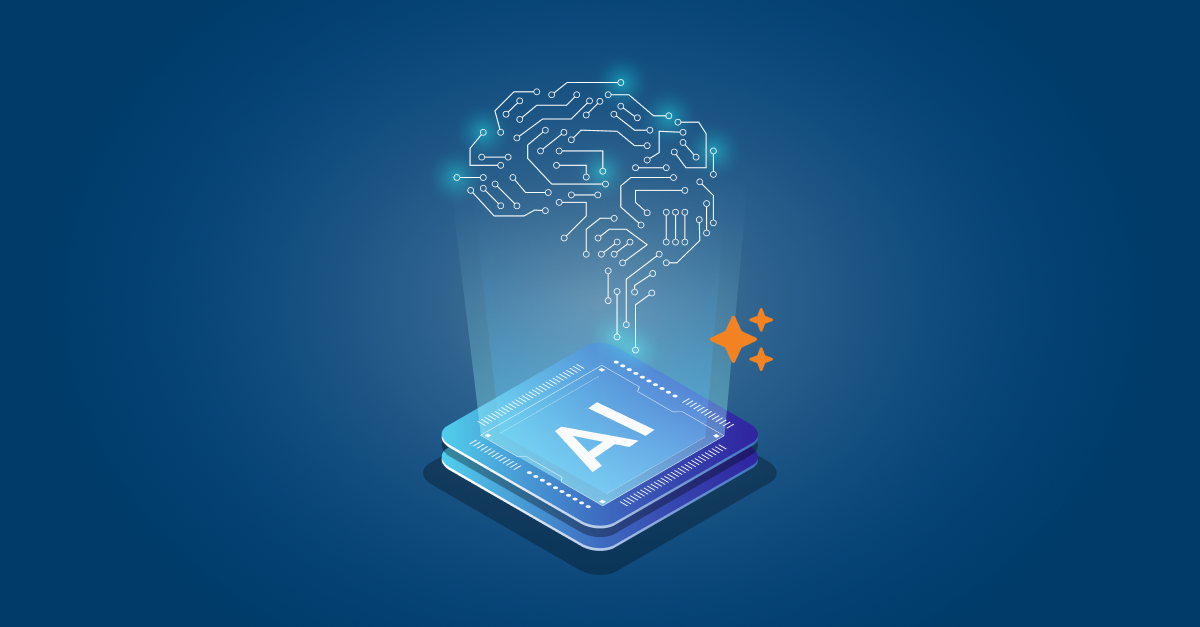Machine Learning: The Unsung Hero of AI Innovation

“Machine learning can do what no humans can do. You look at self-driving cars — that’s machine learning. You look at our anomaly detection — same principle. It learns from data, recognizes patterns, and improves itself over time.”
Hannah Testani, CEO
Large language models like ChatGPT and Grok get all the headlines. But it’s machine learning (ML) that’s quietly driving the real AI breakthroughs in logistics, powering Anomaly Detection, forecasting, fraud prevention, and automation at a scale that humans simply can’t match.
Where large language models boost productivity, machine learning enables true innovation. It’s the difference between writing faster and thinking smarter.
AI’s two halves: productivity vs. innovation
As Hannah Testani explained during September's AI in Action webinar, large language models are the “productivity boost” — tools that help teams move faster, communicate more efficiently, and summarize information instantly. But machine learning? That’s where the transformation happens.
“Machine learning hasn’t been as sexy. I don’t know why — but it’s incredibly powerful. That’s where you can come out with new innovation and new products.” (HT)
Machine learning takes vast amounts of structured, governed data and trains algorithms to recognize patterns, adapt to change, and make predictions without being explicitly programmed. It’s how we identify even the tiniest blip in shipping behavior across billions of transactions to stop fraud in its tracks, right wrongs in behavior and stop a technical glitch from becoming a million-dollar drain.
How machine learning actually works
“Machine learning is a catch-all term. It means anything that recognizes and learns patterns from data, and then improves itself to the point where it can make actionable insights, without anyone explicitly programming the rules.”
Brian Pollack, CPO
At its core, machine learning follows a simple premise:
- Feed the algorithm clean, labeled data.
- Let it find relationships and learn what “normal” looks like.
- Use that learned behavior to identify or predict future outcomes.
In practice, that could mean predicting on-time delivery likelihood, identifying fraud, or forecasting shipment volume for peak season. Each new data point refines the model, improving accuracy over time.
“The more data it gets, the smarter it gets. It learns what normal looks like and flags what doesn’t.” (BP)
Supervised vs. unsupervised learning in supply chain
Machine learning in logistics typically uses two complementary approaches:
- Supervised learning: Training on labeled data. For example, shipments marked as “on time” or “delayed.” The model learns what drives those outcomes.
- Unsupervised learning: No labels, just patterns. The model clusters similar data points and identifies anomalies that stand out. This is critical for fraud and loss detection.
“No bad actor is labeling data for us. That’s why unsupervised learning is so powerful for anomaly detection. It finds what’s weird without being told what’s wrong.” (BP)
This combination allows our models to learn from history and test themselves against recent shipments. The system identifies which shipments fit known patterns and which deviate from them, continuously self-correcting and improving with every batch of new data—without the shipper ever having to configure a single rule.
Finding the needle in a haystack—automatically
“When a company is sending 300,000 shipments a week, how does AI find the needle in a haystack? That’s the million-dollar question. It always has to happen shipment by shipment.” (HT)
AI-Powered Anomaly Detection's machine learning models examines each shipment as it occurs, comparing it to learned patterns across billions of historical data points. When something unexpected happens — a shipment route that doesn’t align with prior patterns, a sudden rise in an unexpected cost, or a charge that doesn’t match carrier behavior — it’s flagged instantly.
This isn’t theoretical. It’s how Anomaly Detection has uncovered everything from internal process errors to multimillion-dollar fraud rings. All in real time.
Clean data, smart models
Machine learning is only as effective as the data it learns from. That’s why Intelligent Audit invests so heavily in data governance and cleansing.
“The most time-consuming part isn’t building models. It’s cleaning and organizing the data. But once you have clean data, you can trust what the model tells you.” (BP)
That trust is what allows IA to scale its models across over 2 billion shipments per year, applying Anomaly Detection and predictive intelligence in real time — without sacrificing accuracy or interpretability.
Beyond fraud: endless possibilities
While fraud detection gets the headlines, the same ML framework powers dozens of other logistics innovations:
- Catching unexpected deviations from carrier norms
- Flagging a lane that's not typically used
- Identifying cost leakage or misclassification
- Spotting operational inefficiencies invisible to KPIs
Machine learning doesn’t replace human intelligence — it enhances it. As Hannah put it, “It does what no humans can do,” freeing analysts to focus on strategic insights rather than manual data review.
Less buzzy, more impactful
Machine learning might not have the buzz of generative AI — but in logistics, it’s the real workhorse. It’s what enables Intelligent Audit to deliver visibility, control, and foresight at a scale that simply wasn’t possible before.
“Once you can live in that world, you’ll be able to leverage large language models on top of it — and that’s when the magic happens.” (HT)
Machine learning is that world. And it’s where the future of supply chain intelligence has already begun. Questions? Let's talk about it.



